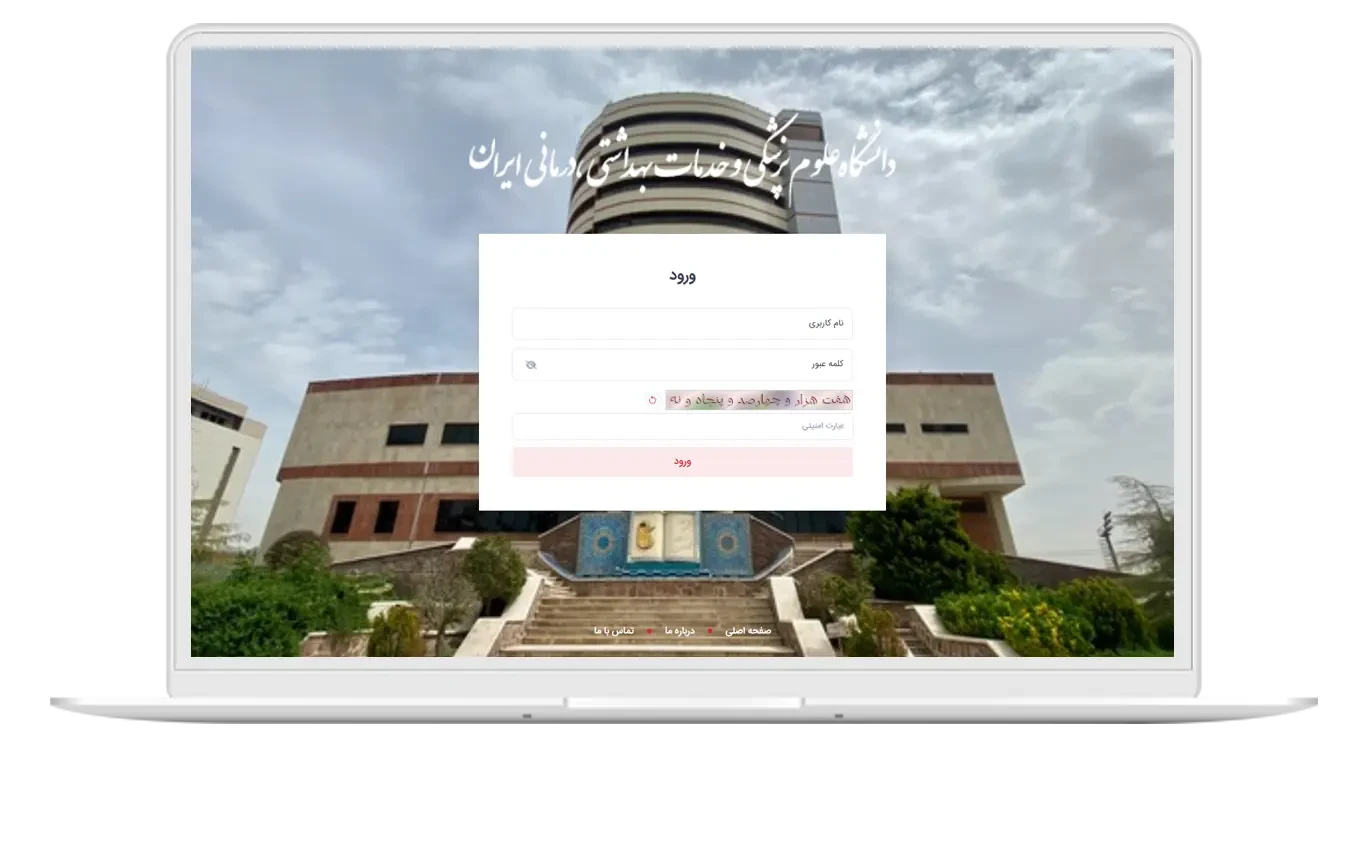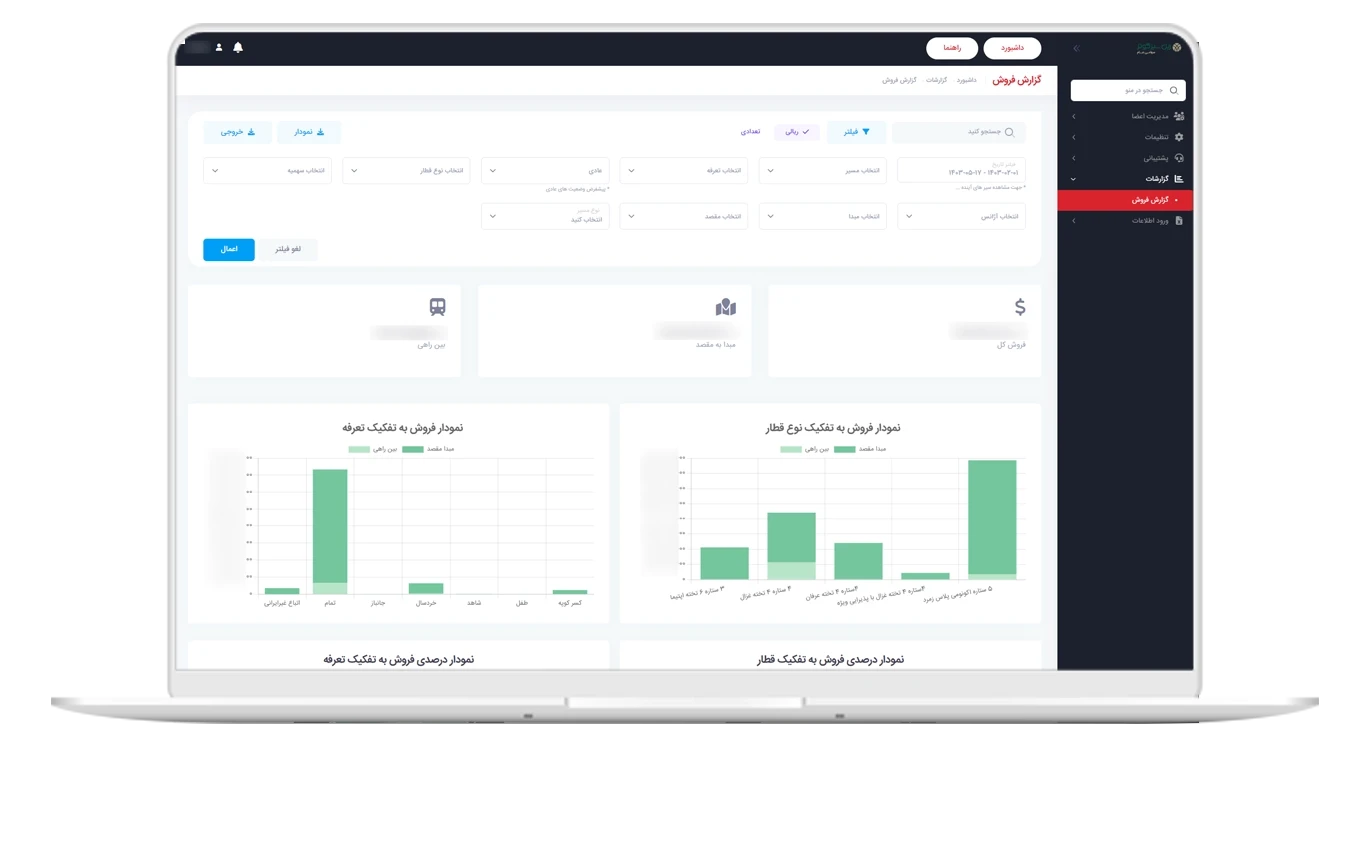Management Panel or Regular Reports? Which One Do You Need?
It's a fact that modern organizations need data to progress and develop. No matter what industry or field you work in, understanding an ecosystem, stakeholders, and customers can help companies make better decisions, act with more awareness, and reduce resource waste. There are numerous ways to view and present data, and the best reporting tool depends on an organization's needs. However, there are two main ways that BI tools provide organizations with information: management panels and reports.
The question is, what is the difference between the two? Many organizations use these two interchangeably but ignore the separate advantages and disadvantages each possesses. Understanding what each of these two is and what it brings can help you determine which one is better suited to your organization's needs. What follows are some of the key differences between each and how you can choose the right tool to meet your organization's needs.
What is a Report?
Reports are static documents containing data in text and tabular formats. They sometimes include visual components such as simple graphs and charts but are often arranged to emphasize specific raw numbers or related datasets. Reports are usually given periodically to several stakeholders, meaning the data is not instantaneous. One of the advantages of a report is that it allows the creator to build a complete narrative with the data and optimize its presentations. Furthermore, reports present data that has already been cleaned, organized, and packaged.
For users who don't have direct access to management panels or analytical tools, reports are also a great source of data. However, the data they provide is not updated instantaneously, and generally presents a slice of available datasets without the ability to manipulate them. In addition, creating them can be lengthy and complex. For organizations with multiple departments and diverse data needs, reports can be very time-consuming.
What is a Management Panel?
Management panels are data visualization tools that can be customized to display specific metrics, data, and KPIs. Typically, these tools are dynamic and instantaneous. Therefore, data is updated in real-time, and visuals can show changes from minute to minute. In addition, management panels can be very focused or very broad depending on your needs, allowing organizations to create several specialized dashboards to better manage their analyses.
While previously management panels were considered only for upper management, with the development of self-service analytics tools, every department in an organization can access relevant data. Management panels can be broad and inclusive or focus on narrower aspects of an organization. For example, Human Resources might have several specialized dashboards for pay slips, overtime, and other actions; while the marketing department might have management panels for advertising, website traffic, and average lead score.
What Do I Need? Management Panels or Reports?
The answer to this question depends on your specific data needs. Both have key advantages, and each comes with its own limitations. The first key area where they each offer a different advantage is in perspective. Management panels can encompass virtually any number of data points and sets, though they are best used when focusing on specific aspects of an organization. Some examples of management panels include tools that track system support tickets, relevant market share, investment portfolios, and other specific metrics.
On the other hand, reports have the advantage of a broader perspective. Because they are not instantaneous and can be refined, they provide a higher-level view of an organization. A manager or CEO may not need to see specific management panels for customer support, but they would benefit from understanding the overall performance of the customer service department.
The second key difference is in the timing of the data. Reports are generally broader and provide historical data. Because they must be delivered periodically, they represent a snapshot of a specific area or organization, not its instantaneous position. Management panels, on the other hand, are built to visualize and organize data in real-time. They can be set to notify the user when certain metrics change or reach a specific threshold.
Finally, management panels also allow users to dynamically interact with and manipulate the data, while reports show a static picture of the available data. In general, management panels are optimal for daily analysis and BI needs, but reports are useful for obtaining static data. Management panels are ideal for segmenting and better monitoring specific metrics and functions.
Ultimately, which reporting tool you use depends on your current needs. Management panels are unique in their dynamism, interaction capabilities, and up-to-the-minute updates. Reports give you a clearer high-level view at the cost of live data. In the end, they are both useful tools when needed.





